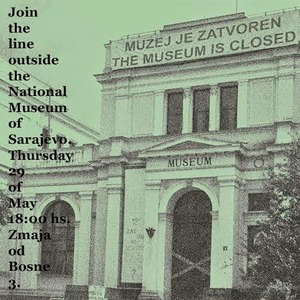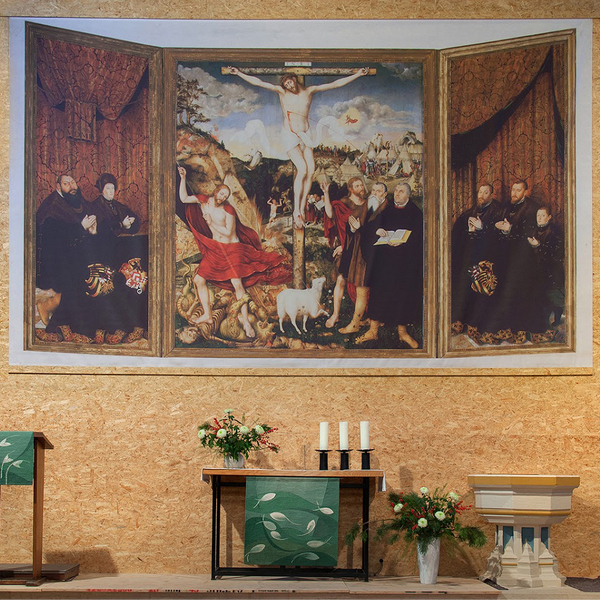Discovery Nº 32
Single channel video placed behind slightly opened doors. 4:32 min. 2016.
In Germany,
during winter, wooden boxes are built around monuments so as to protect them
from the snow. Due to this reason, from November until Easter time, passersby
don’t get to see the statues; instead, they can only appreciate a photo
reproduction stuck onto the box.
Clear examples of this curious preservation action are the two monuments standing outside of the Humboldt University. The one on the left side of the building represents Wilhelm von Humboldt, while the one on the right depicts his younger brother Alexander.
The cyclic process of covering and uncovering happens unceasingly since 1985.
Is art still art when it can’t be seen? Is the function of these monuments interrupted while they are inside the box?
Some people consider Alexander Humboldt the second discoverer of Cuba, and even of America. This is clearly stated in the Spanish text added to the monument created by Reinhold Begas: “Al segundo descubridor de Cuba” (to the second discoverer of Cuba).
But can an existing territory be discovered? And if so, is it possible to discover something already discovered? Can that happen more than once?
As expected, on Saturday April 2nd 2016, the box enclosing Alexander von Humboldt was to be removed. That morning I showed up with a saw; my mission was to help to discover the discoverer for the 32nd time. The action was documented in a 4:32 minutes long video. Unfortunately, due to privacy policies, I was forbidden to make my work public. Paradoxically, the video ended up hidden waiting to be discovered.





















